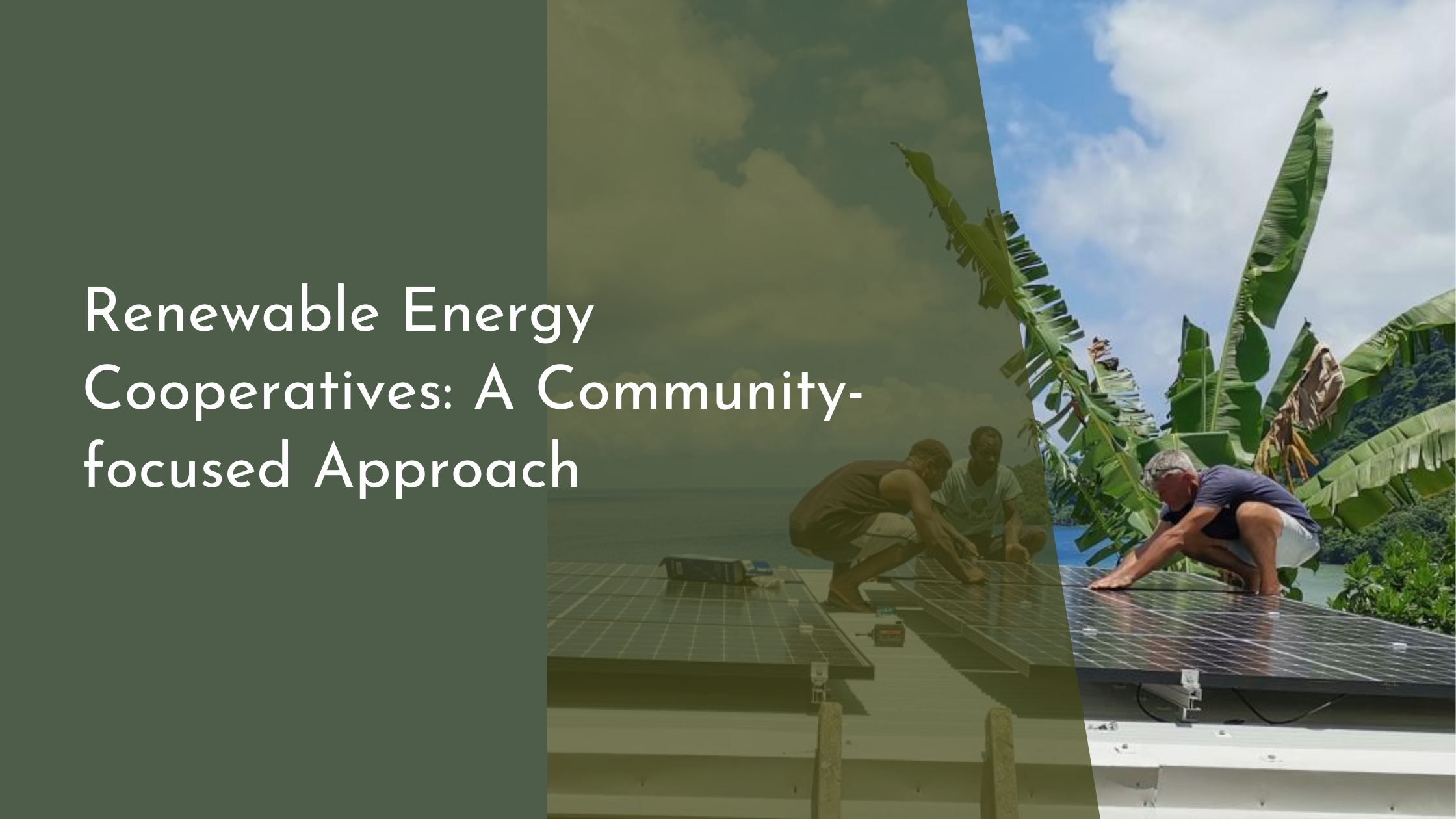Renewable Energy Cooperatives: A Community-focused Approach
In a world where sustainability and clean energy are becoming paramount, renewable energy cooperatives are emerging as a powerful tool for driving community-focused energy solutions. These cooperatives leverage the collective strength of community members to foster environmentally friendly solutions, promoting not only clean energy but also empowering local economies. This article delves into the concept of renewable energy cooperatives, highlights the benefits of such community-driven initiatives, and presents inspiring success stories from around the globe.
Understanding Renewable Energy Cooperatives
Renewable energy cooperatives are member-owned organizations that focus on generating and distributing renewable energy sources like solar, wind, and hydroelectric power. Unlike traditional energy companies, these cooperatives are usually small-scale and prioritize local ownership and decision-making. Members of a cooperative can be individuals, businesses, or even local governments, all working together to invest in and benefit from sustainable energy infrastructure. This collective ownership model ensures that profits and benefits are kept within the community, reinvesting in local projects and fostering community development.
The growth of renewable energy cooperatives can be linked to increasing awareness of environmental issues and a desire for energy independence. As communities look to reduce their carbon footprints, cooperatives offer a democratic and inclusive approach to energy management. Members have a say in the cooperative’s decisions and policies, allowing them to advocate for renewable projects that align with the community’s values and goals. This grassroots approach not only promotes environmental stewardship but also strengthens communal ties.
The Benefits of Community-driven Energy Solutions
One of the primary benefits of community-driven energy solutions is enhanced local economic development. By investing in renewable energy projects, communities can create jobs, generate local revenue, and reduce energy costs for members. These cooperatives often prioritize hiring local workers and using local materials, which stimulates the local economy and provides stability for families and businesses alike. Furthermore, as energy costs decrease, members have more disposable income to spend within the community, fostering a cycle of economic growth.
In addition to economic benefits, community-driven energy solutions can also lead to greater energy security and resilience. With the cooperative model, communities are less dependent on external energy suppliers and are better equipped to handle energy disruptions. By generating their own power, communities can ensure a stable and reliable energy supply, even during natural disasters or market fluctuations. This resilience is particularly important in rural and remote areas, where energy access can be limited and costly.
How Cooperatives Empower Local Communities
Cooperatives empower local communities by giving them control over their energy resources. This empowerment extends beyond the economic realm, fostering a sense of ownership and pride among community members. By participating in the cooperative, individuals become directly involved in decision-making processes, gaining a better understanding of energy issues and solutions. This participatory approach helps educate the public about renewable energy technologies and encourages responsible energy consumption.
Moreover, renewable energy cooperatives often prioritize social inclusion, ensuring that even the most vulnerable members of the community can access affordable energy. Many cooperatives offer special programs or subsidies for low-income individuals, making sustainable energy more accessible and equitable. This focus on inclusivity helps bridge social divides and promote social cohesion, as the cooperative model brings together diverse members of the community with a shared goal of sustainability and self-sufficiency.
Success Stories: Cooperative Models in Action
One notable success story comes from Germany, where the renewable energy cooperative model has thrived. The Schönau Energy Cooperative, for example, is a community-owned initiative that began in the 1990s in response to public demand for cleaner energy. Today, it supplies roughly 200,000 households with renewable electricity, demonstrating the potential of cooperatives to scale up and significantly impact national energy markets. The cooperative’s success has inspired similar projects across Europe, showcasing the replicable nature of this model.
In the United States, the Minneapolis-based Cooperative Energy Futures (CEF) demonstrates how urban communities can also benefit from renewable energy cooperatives. CEF focuses on solar power projects and has successfully implemented several community solar gardens, providing clean energy to local residents while generating economic benefits for the community. CEF’s initiatives emphasize equity by prioritizing projects in underserved neighborhoods, underscoring the cooperative model’s ability to address both environmental and social issues.
Renewable energy cooperatives exemplify the power of community-driven action in addressing today’s pressing energy challenges. By embracing collective ownership and local decision-making, these cooperatives not only promote clean energy but also enhance local economies, empower communities, and foster social equity. As the demand for sustainable energy solutions continues to grow worldwide, the success of renewable energy cooperatives offers a promising blueprint for a greener, more inclusive future. Through their inspiring stories and community-focused approach, these cooperatives remind us that change is possible when we work together towards a common goal.

